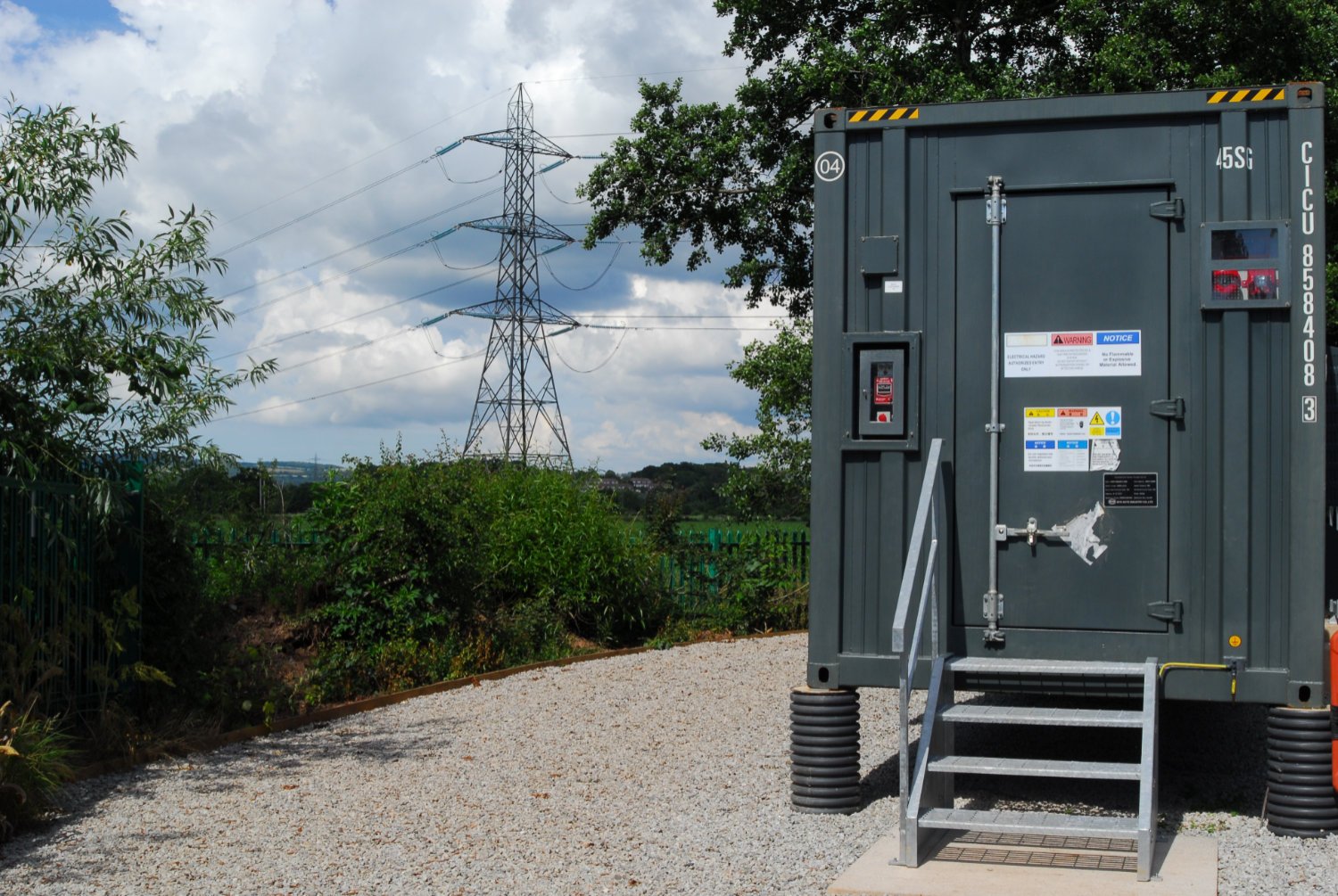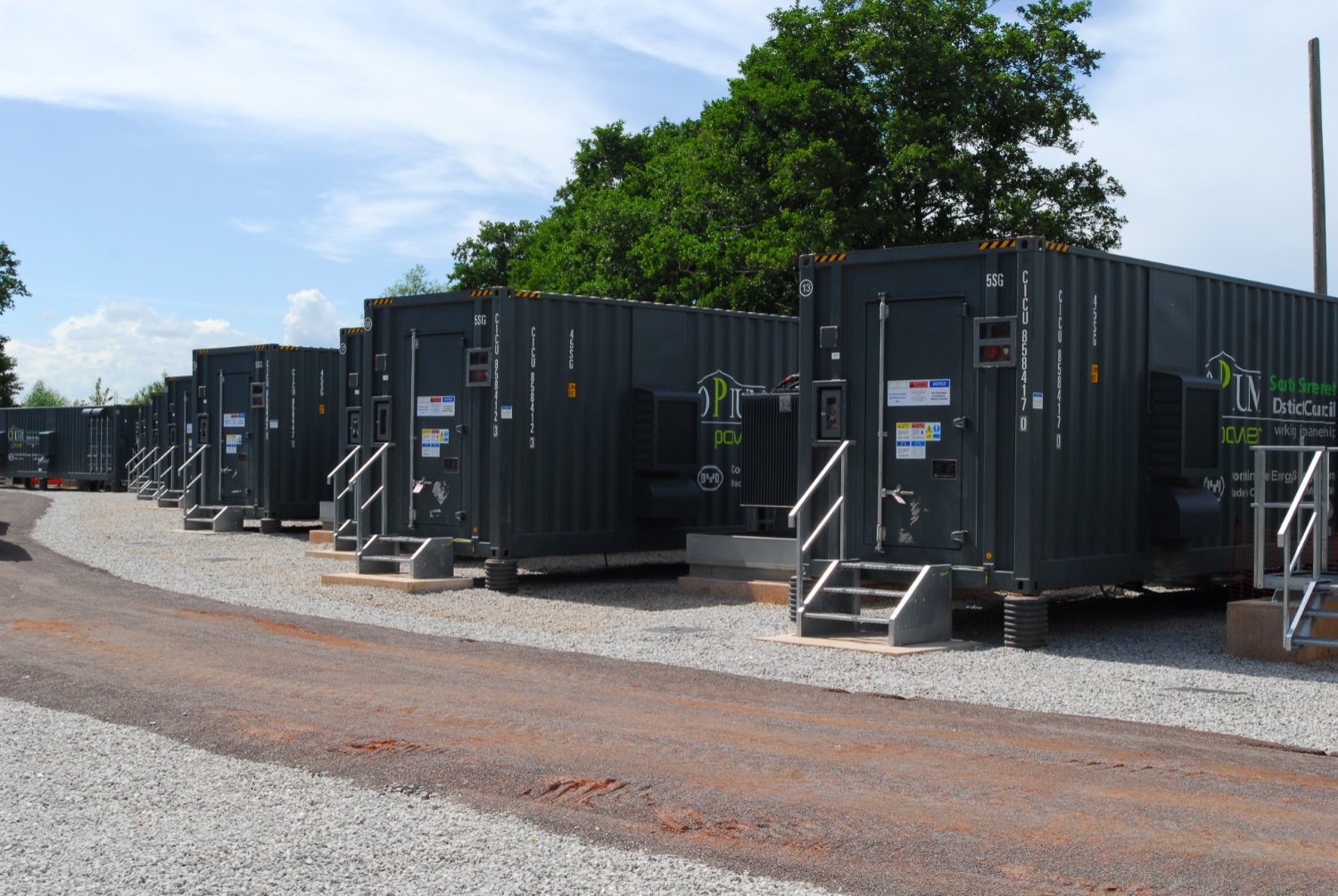
Somerset powers up as cutting-edge green energy storage scheme gets turned on.
South Somerset District Council (SSDC) has proudly turned on the largest council-owned battery storage system in the UK.
Located next to a National Grid substation near Taunton, the site – purchased in 2018 – has been transformed, in partnership with local and international suppliers, into one of the most advanced energy storage schemes of its type.
As part of SSDC’s Commercial Strategy (2017-2021), the council has been investing in various commercial projects. These have been wide ranging in both geography and scope.
The council, in order to make up for a shortfall in direct funding from government grants, will seek financial returns on its investments, with the aim of protecting against future cuts to services. The financial strategy in 2017 projected a budget gap rising to £5.2m by 2022/23, so it faces a considerable challenge.
The most exciting of all the investments made to date has to be this energy storage facility. £9.8m has been invested by SSDC in partnership with Opium Power Ltd to deliver what is, effectively, a giant bank of extra-large batteries. The energy storage facility will capture electricity when it is generated and store it until it is needed.
The National Grid has to generate power on demand, which can be problematic. There are spikes in electricity demand as well as troughs in usage. To deal with these spikes – for instance when everyone turns their kettles on during a break in a televised sporting event – the National Grid has specific power stations that can generate power very quickly. The hydro-electric plant at Dinorwig in Snowdonia National Park provides rapid response to spikes by using the potential energy from water stored at the top of a mountain to drive turbines. It then uses off-peak electricity (usually during the night) to pump the water back up the mountain.
The energy storage facility at Taunton works in a similar way, but stores the energy in batteries. Not only does it help with demand but, more importantly, it stores electricity that would otherwise be wasted.
The ability to store electricity like this is essential for the effective use of renewable power. A significant proportion of electricity generated from solar and wind is wasted because, during sunny and windy periods, supply can outstrip demand. By storing excess energy in batteries, it can be resupplied to the grid when required.

Sarah Dyke, the council’s portfolio holder for the environment, explains the environmental advantages of this scheme:
“Our council has recognised that there is a climate emergency and investing in green energy sites like this really makes a powerful statement about our commitment to making a significant reduction in our carbon emissions by 2030.”
The site can produce 25 megawatts (MW) of power for the grid for one hour’s duration. This is equivalent to powering more than 30,000 homes. A further phase of the project will follow in August and could increase the capacity of the facility to 30MW of power.
As a financial investment, the site has already proved itself lucrative, as John Clark, portfolio holder for economic development and commercial investment, has said:
“It’s a hugely ambitious project and we are pleased to note that the facility, and land, is now valued at more than the project costs expended.”
From an investment point of view, this site will earn money from buying the electricity at low cost when there is overproduction, and selling it back at a higher price when demand is stronger. There will also be contractual payments from the National Grid for the services provided by the battery system.
SSDC’s inspired investment will have sparked interest across the country and maybe even further afield. In combining environmental credentials with sound financial prudence, it has hit on a winning formula that should encourage more renewable energy projects in the future.
Watch this space.





